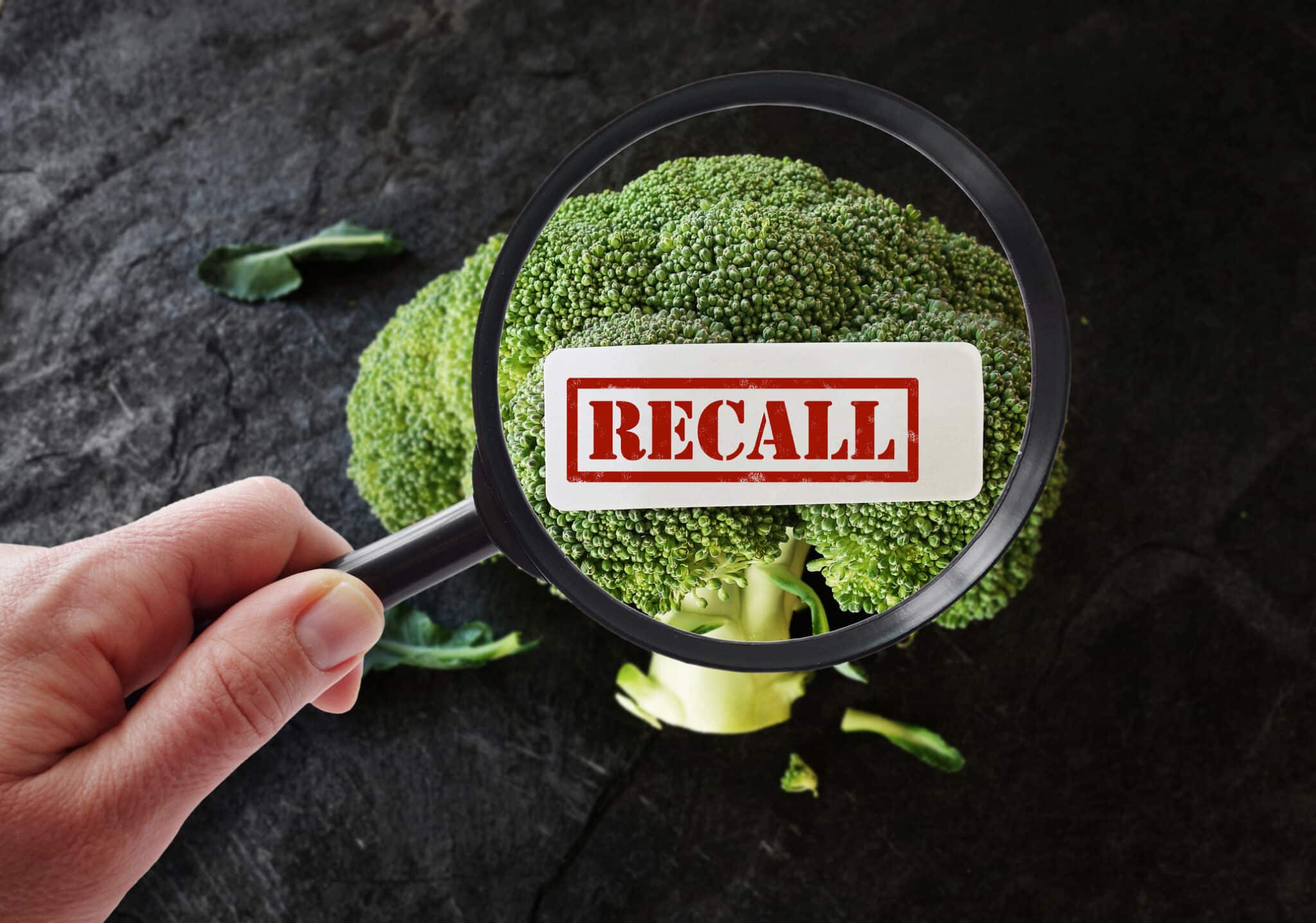Plant breeders and food safety officers came together to ask: Is breeding for food safety a possibility for the future?
As soon as there’s a food recall, everyone knows it. No matter what it is — tree nuts, meat, pet food or vegetables — the news spreads like wildfire.
Take, for instance, in 2018: the recall of romaine lettuce due to an E. coli strand contamination. According to the Centers for Disease Control and Prevention (CDC), this outbreak lasted from April to late June. There was a reported 210 people infected across 36 states, with 96 hospitalized, including 27 who developed a type of kidney failure called hemolytic uremic syndrome. On top of that, five recall-related deaths were reported in Arkansas, California, Minnesota and New York.
And while consumers thought the recall was over by June 2018, there was yet another outbreak and recall of romaine, red leaf lettuce, green leaf lettuce and cauliflower in December 2018. While there were significantly less cases reported — 62 instead of 210 — it left food safety experts baffled. Isn’t there any way that these threats of food safety can be lessened or eliminated so that people can eat their food without fear of getting ill?
Well, plant scientists at the University of California, Davis (UC-Davis), sought to find answers to that question.
Teaming up with the U.S. Department of Agriculture (USDA)’s National Institute of Food and Agriculture (NIFA), UC-Davis hosted a first-of-its-kind workshop entitled “Breeding Crops for Enhanced Food Safety,” where experts ranging from plant breeders to food safety officers joined together to lend their voices to this discussion: Can we breed crops for food safety?
Starting the Conversation
“How can we combine plant breeding and food safety?” asked Parag Chitnis, deputy director of NIFA. “What approaches can be used? NIFA can think about all these possible approaches, but we need help from experts.”
Chitnis said at this conference he was hoping they could come up with innovative ideas that could answer these questions, or spark other ideas in the future.
Now, as most plant breeders know, this isn’t an easy question to answer. There are so many other focuses while breeding, and so many different characteristics for different crops. In corn, you want excellent yield, disease resistance and uniformity. In flowers, you breed for color and vibrancy. How can we add food safety on top of all those characteristics?
“We’re not really ready to breed for food safety, but that’s the whole idea,” said Maeli Melotto, an associate professor in the Department of Plant Sciences at UC-Davis and one of the organizers of the conference. “We want to bring people together from the breeding side and the food safety side so we can see what the challenges would be, since this is different from traditional breeding.”
Melotto’s lab focuses on food safety-related issues — in particular, how human pathogens like E. coli and salmonella can live and survive on plants, such as leafy greens like lettuce.
“With my research and research from other groups, we found a genetic basis for these interactions — so that’s the link,” she said. “If you have genetic basis and you have genetic diversity, you can do breeding long-term.”
However, Melotto knows there are a lot of roadblocks in the way between breeding for food safety and the future.
“First, we don’t know enough,” she said. “There are large knowledge gaps, so we need a lot of foundational work. Even then, if you fill those gaps, we will have challenges in screening populations. There’s a huge cost in screening for human pathogens — to handle these pathogens, you’re handling medical waste. So it’s costly. Finally, it’s hard to assess the benefits, because disease outbreaks are relatively rare events and hard to predict. If we could, we wouldn’t be talking here.”
Melotto said that it’s a big jump from talking about breeding for safer food, to actually breeding for safer food. Her solution? We need to start preparing and planning for it.
Current Breeding Projects
While breeding for food safety has not been top-of-mind there are a few projects that are starting to look at food safety as a priority to complement yield and uniformity. One such project is being led by Marilyn Warburton, a research geneticist with the USDA’s Agricultural Research Service (ARS) in Mississippi.
Warburton found her passion working with green, moldy corn — that is, learning how to breed Aspergillus flavus resistant corn while maintaining yield and other agronomic traits.
Aspergillus flavus is a fungus that can appear on corn. While it is not usually particularly harmful to the plant, the fungus produces a mycotoxin which can be harmful to those who consume it.
“At the USDA-ARS, we’re looking at corn plants that don’t allow the fungus to grow, or if the fungus is present, doesn’t produce this metabolite,” Warburton said.
The best part? They’ve been extremely successful at minimizing the Aspergillus flavus.
“Over the past 20 years, we’ve come up with a couple of lines that are highly resistant,” she said. “We can inject them with spores of the fungus and put them in an environment that the fungus loves, and yet it’s not growing or spreading.”
However, this resistance does come at a price.
“Unfortunately, although these corn plants are really super as far as resistance to Aspergillus flavus, they aren’t super as far as other things like yield and other agronomic traits,” Warburton said. “So now, we’re trying to find those resistance genes and move them into elite cultivars, which has been slow.”
Moving Forward
The most pressing question now is: How do we move forward from here?
The answer: planning.
While there’s still a lot to do, NIFA and UC-Davis are working hard to team up with researchers across the United States to find solutions — or starting solutions — to breeding for food safety.
After the conference, a committee drafted a white paper report about what the conference discovered in regard to plant breeding for food safety, and called for additional peer-reviewed papers to be submitted and assembled into an online, open-access report.
This will appear in Frontiers Research Topic “Breeding Crops for Enhanced Food Safety,” and would be edited by Maeli Melotto, Wei Zhang and Max Teplitski. Currently, there are 33 confirmed author submissions, with more on the way.
Editor’s Note: Have any research to contribute? Visit https://www.frontiersin.org/research-topics/10623/breeding-crops-for-enhanced-food-safety.












